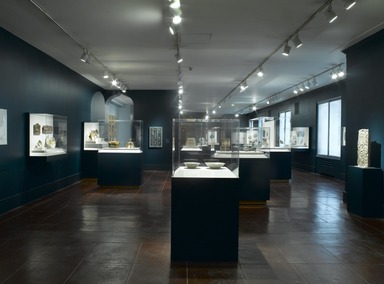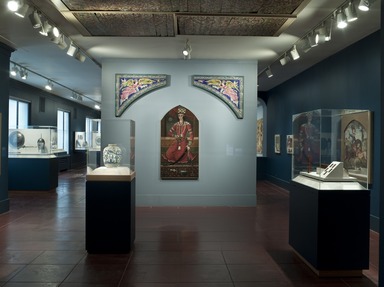

Islamic Gallery (long-term installation 2009), June 05, 2009 through June 09, 2013 (Image: DIG_E2009_Islamic_Gallery_01_PS2.jpg Brooklyn Museum photograph, 2009)
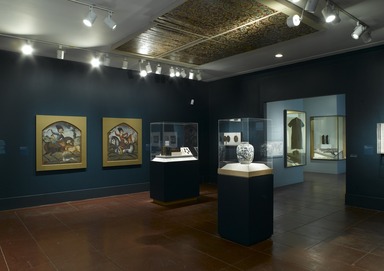
Islamic Gallery (long-term installation 2009), June 05, 2009 through June 09, 2013 (Image: DIG_E2009_Islamic_Gallery_02_PS2.jpg Brooklyn Museum photograph, 2009)
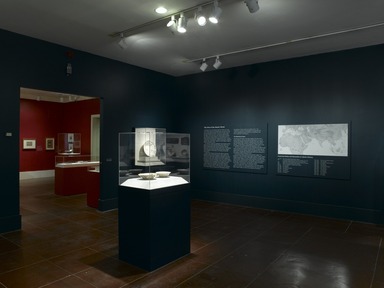
Islamic Gallery (long-term installation 2009), June 05, 2009 through June 09, 2013 (Image: DIG_E2009_Islamic_Gallery_03_PS2.jpg Brooklyn Museum photograph, 2009)
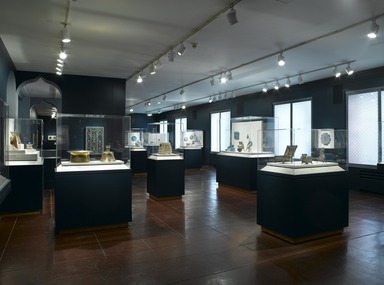
Islamic Gallery (long-term installation 2009), June 05, 2009 through June 09, 2013 (Image: DIG_E2009_Islamic_Gallery_04_PS2.jpg Brooklyn Museum photograph, 2009)
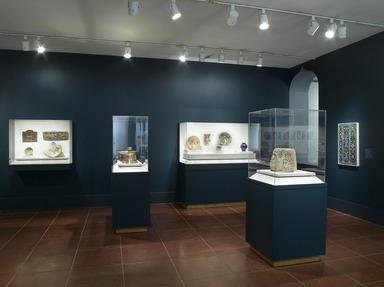
Islamic Gallery (long-term installation 2009), June 05, 2009 through June 09, 2013 (Image: DIG_E2009_Islamic_Gallery_05_PS2.jpg Brooklyn Museum photograph, 2009)

Islamic Gallery (long-term installation 2009), June 05, 2009 through June 09, 2013 (Image: DIG_E2009_Islamic_Gallery_06_PS2.jpg Brooklyn Museum photograph, 2009)
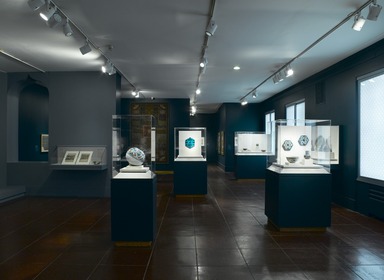
Islamic Gallery (long-term installation 2009), June 05, 2009 through June 09, 2013 (Image: DIG_E2009_Islamic_Gallery_07_PS2.jpg Brooklyn Museum photograph, 2009)
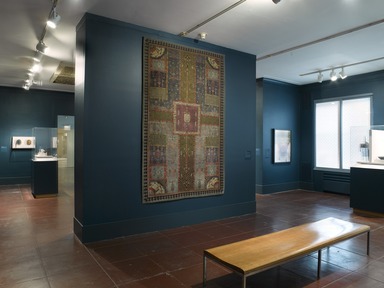
Islamic Gallery (long-term installation 2009), June 05, 2009 through June 09, 2013 (Image: DIG_E2009_Islamic_Gallery_08_PS2.jpg Brooklyn Museum photograph, 2009)

Islamic Gallery (long-term installation 2009), June 05, 2009 through June 09, 2013 (Image: DIG_E2009_Islamic_Gallery_09_PS2.jpg Brooklyn Museum photograph, 2009)
Islamic Gallery (long-term installation 2009)
-
The Arts of the Islamic World
The phrase “arts of the Islamic world” refers to the art and architecture of the many regions and cultures touched in a significant way by the direct presence of Islam at various moments in time. These arts encompass more than 1,300 years of history from Spain and North Africa to East and Southeast Asia and the contemporary Islamic diaspora.
The Brooklyn Museum contains a rich and diverse collection of arts of different media produced by Muslims and non-Muslims alike from the several cultures and contexts of the Islamic world. These include works on paper, book-bindings, large-scale oil paintings, ceramics, metalwork, woodwork, glass, stone, costumes and jewelry, carpets and textiles, and architectural elements. Numbering around 1,700 objects, with special strengths in ceramics, later Iranian art, and later textiles, the Museum’s collection ranks among the most important collections of the arts of the Islamic world in the United States. -
The Arts of the Islamic World
The phrases “arts of the Islamic world” and “Islamic art” refer to the artistic traditions that developed after the advent of Islam across a geographical expanse from Spain and North Africa to East and Southeast Asia. Islam, in this sense, signifies either the religion of the ruling body or the cultural context, including the contemporary Islamic diaspora, in which Muslim and non- Muslim artists and artisans have produced their works. A variety of inspirations and expressions—religious and secular, courtly and popular, urban and nomadic—appear in a wide range of media in the arts of the Islamic world.
Two cultures in particular contributed to the formation of early Islamic art: the Christian Byzantine Empire (342–1453) of the eastern Mediterranean region and the Zoroastrian Sasanian Empire (circa 224–651) of the ancient Iranian world. This adapting and evolving visual tradition has also been inspired by religions such as Buddhism, Manichaeism, and Judaism and by other world cultures.
In spite of their diversity, the arts of the Islamic world have developed certain characteristic features. Most notable is the extensive and creative use of calligraphy, motivated by the value of the word in Islam. Other features include stylized vegetal and geometric ornament and a masterful use of color. Figural imagery also appears in the arts of the Islamic world, contrary to a common misconception that it is prohibited due to a religious injunction.
Numbering around 1,700 objects, the Brooklyn Museum’s collection reflects the aesthetic range and ethnic diversity of the arts of the Islamic world. It ranks among the most important in the United States and includes one of the largest and finest assemblages of later Iranian art outside of Iran. This installation is arranged chronologically and regionally with sections highlighting special themes or connections with other collections in the Museum.
The Meaning of Islam
Derived from the Arabic word salm (“peace”), the term Islam carries religious, cultural, and political significance. It is one of the three monotheistic Abrahamic religions along with Judaism and Christianity. Islam is based on the teachings of the Qur’an (literally, “The Recitation”), a text believed to contain God’s words as revealed to the prophet Muhammad beginning in 610 c.e.
The Qur’an contains a series of short narratives illustrating broad themes as well as instructions and admonitions. Its teachings are supplemented by the manners, deeds, and sayings of the Prophet (the Sunna), compiled after Muhammad’s death by his followers in oral traditions (hadīth) attributed to him.
The practice of Islam revolves around five key “pillars”: the profession of faith (shahāda); prayer (șalāt); giving to charity (zakāt); fasting during the holy month of Ramadan (șawm); and pilgrimage to Mecca (hajj). Religious scholars also prescribe an evolving set of rules or laws for personal ethics, mutual rights, and other aspects of daily life; collectively known as the Sharʿa, these are derived from tradition, jurisprudence, and historical context.
Islam permeates both culture and politics in the many regions where it is practiced. It is estimated that there are more than 1.2 billion Muslims today, of which 5 to 6 million are American.
